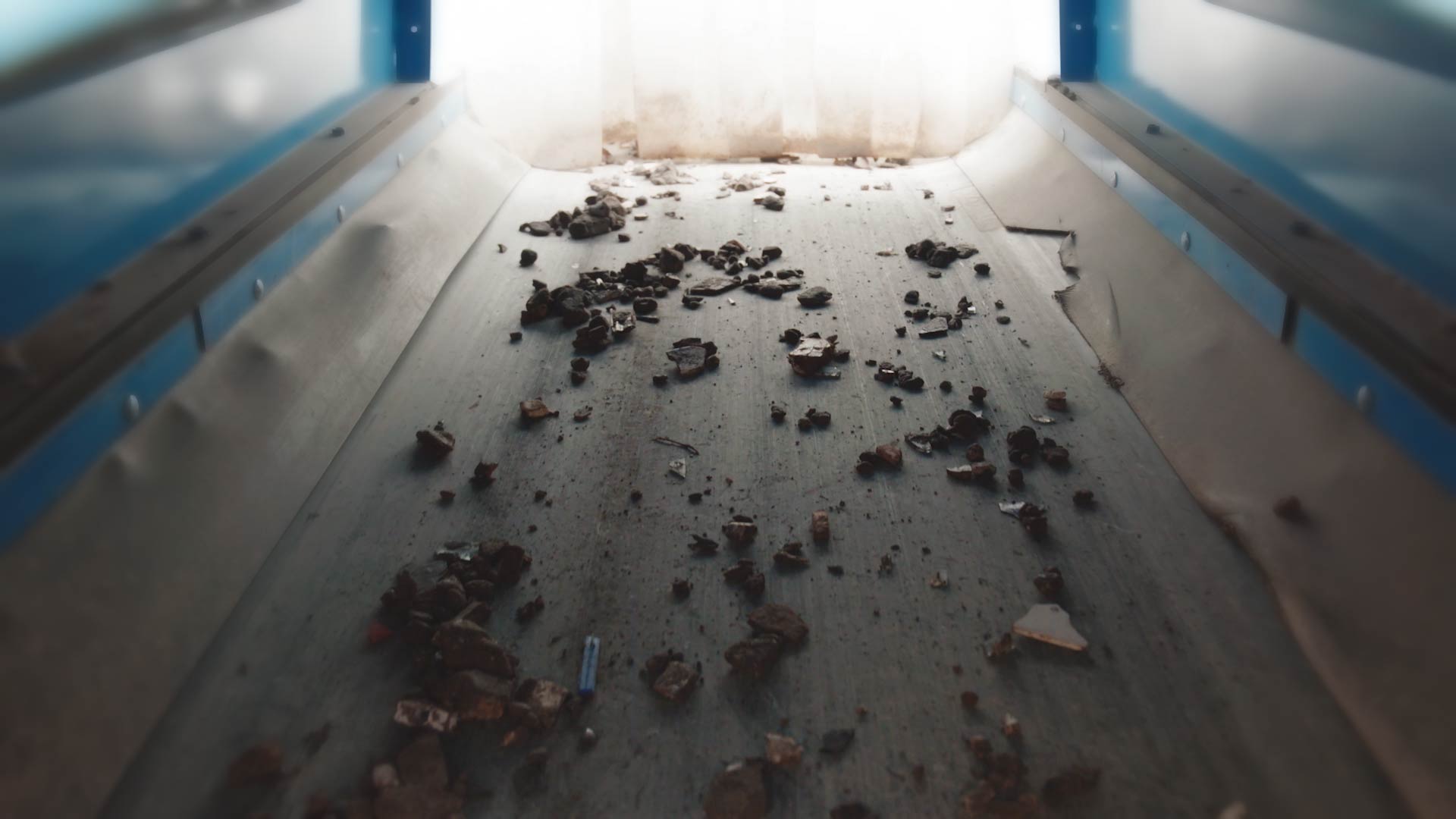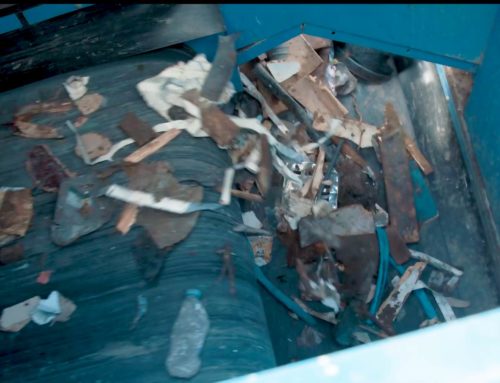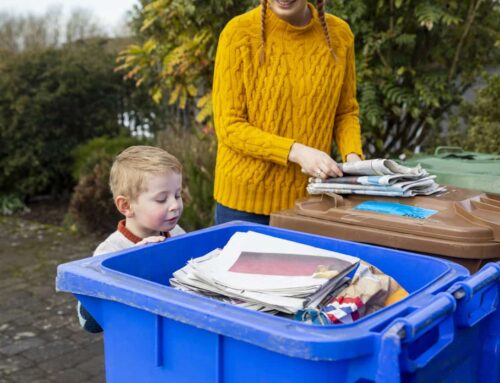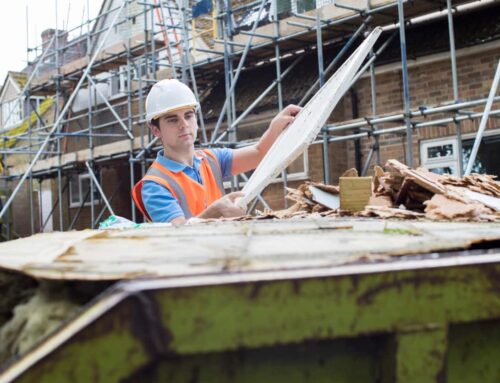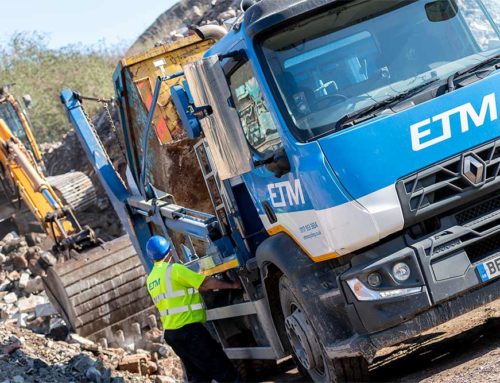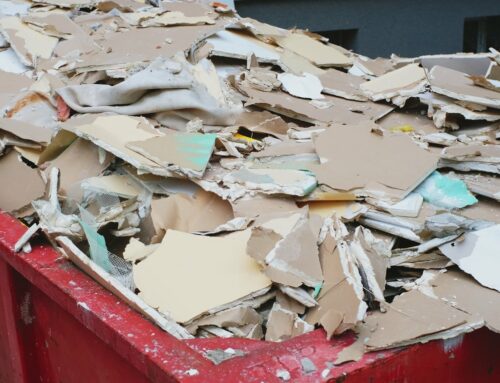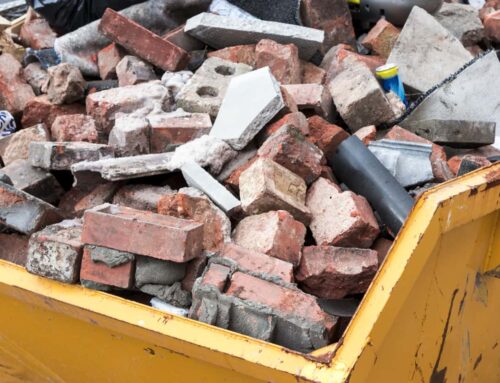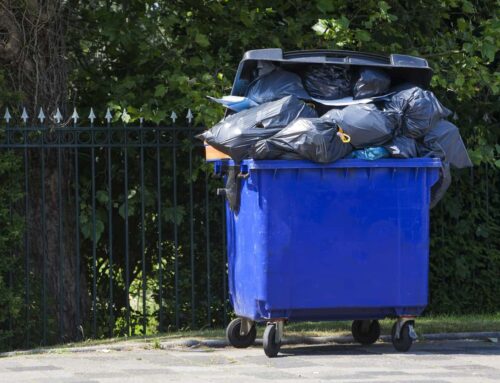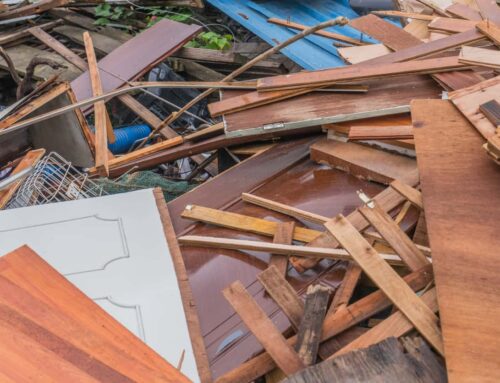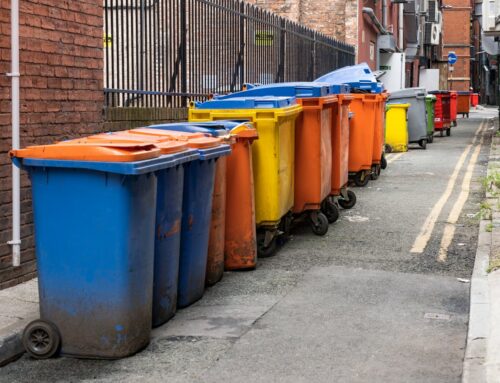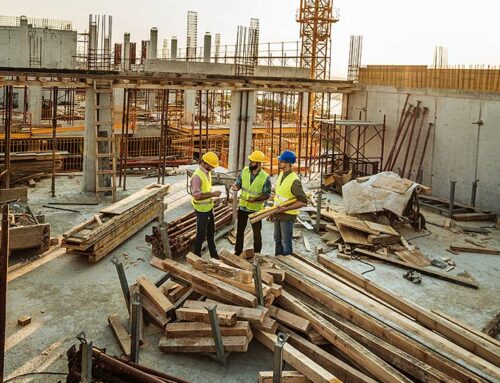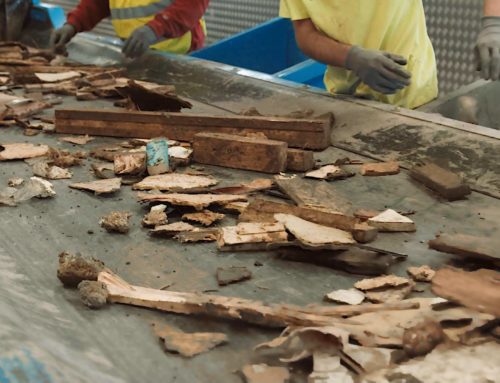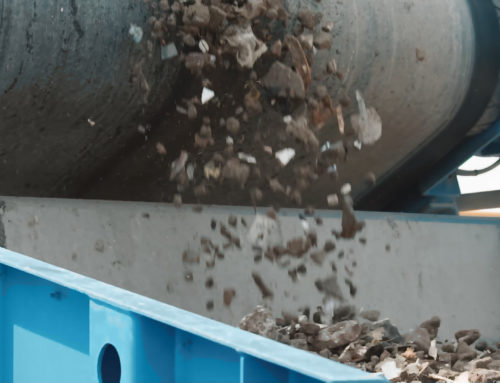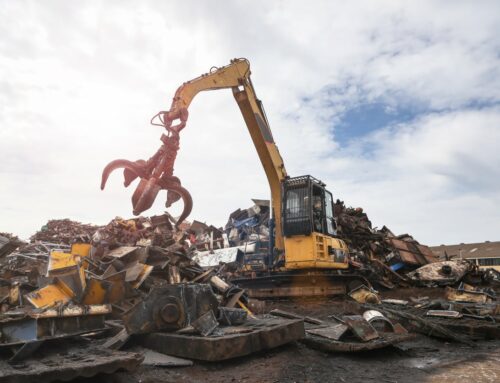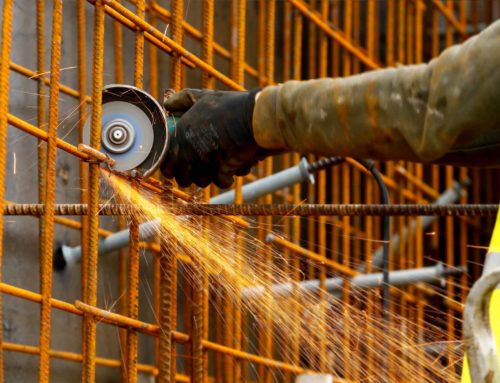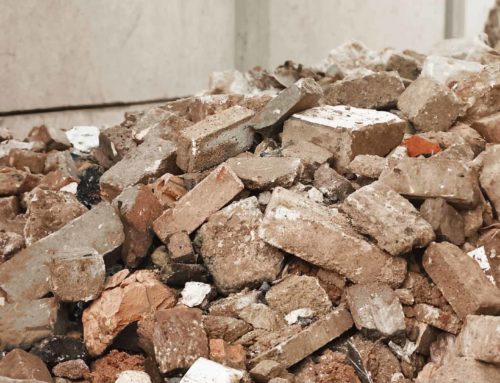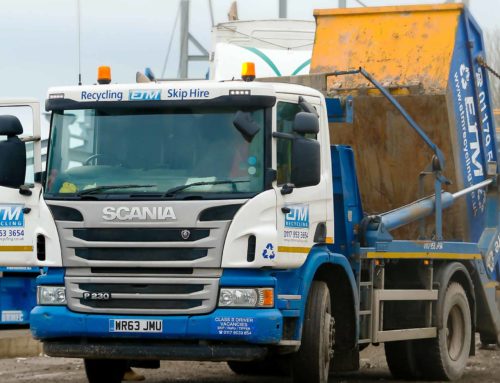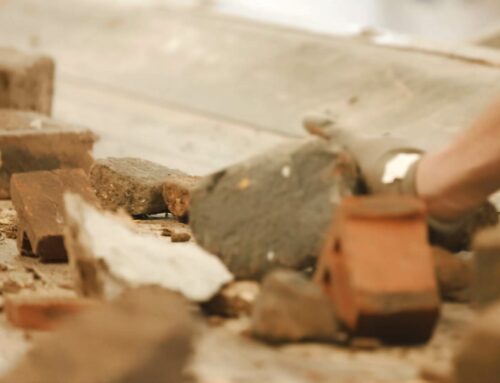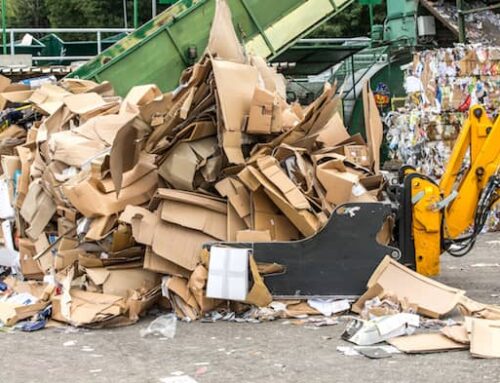Using recycled aggregates offers the construction industry numerous benefits, but doing so with confidence requires rigorous standards and protocols. Aggregates are the foundation for asphalt and concrete, making it essential that they provide only the highest levels of strength and durability. To ensure the recovered inert waste is suitable, all materials must be tested.
All the aggregates ETM Recycling produces are approved by our local authority and compliant with WRAP’s quality protocol. With extensive experience in the production of recycled aggregates and state of the art machinery, we produce materials to only the highest and most consistent specifications.
In this blog, we provide an overview of recycled aggregate quality and testing.
Quality Protocol for Recycled Aggregates
Determining whether recycled aggregates are fit to use, and for which purposes, is a fundamental part of the production process. Classified as a waste recovery operation, recycled aggregate production must meet strict waste management controls. Producers are also required to maintain full compliance with WRAP’s quality protocol and testing criteria.
Some important points to note are:
- The input materials must be inert.
- The input materials must be one of the approved materials set out in Appendix C. Find out more here.
- The materials must be processed using an approved standard and factory production control system, and comply with the BS EN aggregate standard for intended use.
- The product should be final and require no further processing such as size reduction before use.
- All producers must keep records of delivery documentation to demonstrate compliance.
- A testing plan must be defined that covers type of test required for each product, sampling and testing frequency, and these must be appropriate for the product’s intended end use.
Find out more about recycled aggregates >
Why Is Recycled Aggregate Testing Important?
Recycled aggregates need to be tested to determine whether or not the material is fit for purpose. With many aggregates used for concrete and highways, strength, durability, and low maintenance are of paramount importance.
Testing ensures recycled aggregates can be used with confidence, knowing that all necessary standards have been met – but visual tests are inadequate. Laboratory tests also remove the possibility of any contaminants compromising the material quality of the final product, and provide detailed insights to inform end use.
Any producer of recycled aggregates certified to ISO 14001 for their environmental management system is bound to continually improve. Testing is a pivotal part of this, facilitating the development of quality materials that stand up against newly quarried aggregates.
Read next: An Overview of Recycled Concrete Aggregate >
How Are Recycled Aggregates Tested?
Recycled aggregates undergo rigorous testing depending on the product’s future application. There are numerous tests used, including those for gradation, fines, plasticity, and contaminant content.
Gradation
A gradation test measures the size, coarseness, and distribution of particles in a sample using what’s known as a sieve analysis. The correct result is entirely dependent on what the aggregate will be used for.
Fines
The term fines refers to the smaller particles in aggregate. Whilst coarse particles are essential for strength, these fine particles enable the material to bind together. To understand the fines content of a particular product, laboratory tests will be used to identify the percentage of fines and whether they are clay or silt particles. Clay is typically more favourable because they bind more effectively.
Plasticity
Plasticity is about whether or not the aggregates will deform or change shape under pressure – something which is crucial for products which will be used for things like highways and concrete. This is measured using a plasticity index (PI) in the laboratory.
Contaminant Content
Rapid testing is used to identify contaminants, especially for hazardous materials like asphalt wastes containing coal tar. This is carried out in the laboratory using UV spectroscopy technology, and ensures the final material is free from hazardous contaminants when it re-enters circulation.
For more information about the different quality control tests we undertake at ETM Recycling, don’t hesitate to contact a member of our team.
How to Comply with Quality Protocol for Recycled Aggregates
At ETM Recycling, we take WRAP’s quality protocol extremely seriously, taking a number of additional measures to ensure our recycled aggregates consistently meet standards. We also continually look to improve our products in line with ISO 14001. Below, we take you through some of our rigorous processes.
- Our strict protocols ensure all our aggregates perform in exactly the same way as newly quarried varieties, but with less embodied carbon and fewer raw resources.
- These aggregates are testing in accordance with WRAP’s recommendations, ensuring we comply in full.
- Using a trusted partner, we test gradation and constituents on a monthly basis, and carry out full chemical testing as frequently as required by specifications.
- We run a continuous improvement programme, with material testing at its core. This consists of a series of other laboratory testing procedures.
- Our pioneering new approach to the management of contaminants has also enabled us to identify the correct approach for understanding coal tar content in asphalt waste.
Quality Assured Recycled Aggregates in Bristol
At ETM Recycling, we recycle client waste streams back into fully recovered end of life waste recycled aggregates. Our products are fully compliant with WRAP’s quality protocol, demonstrating their reliability and suitability for a range of different uses within construction. With rigorous testing and a commitment to producing exceptional products, we continually enhance the quality of ETM and client highway schemes.
For more information about our recycled aggregates, get in touch with us today.
Learn more: What Are the Benefits of Using Recycled Building Materials?
Learn more: An Overview of Construction Waste Management & Disposal
